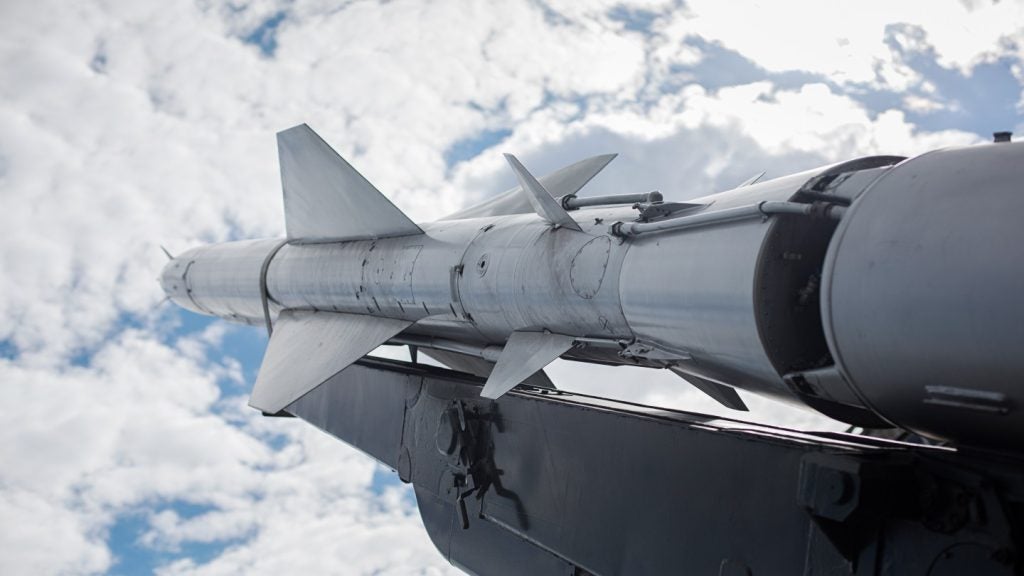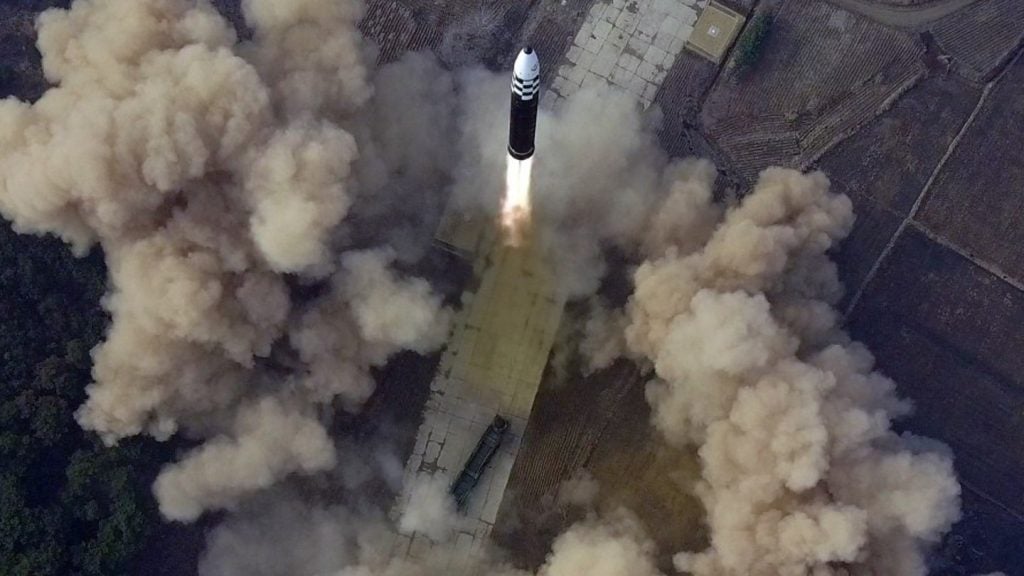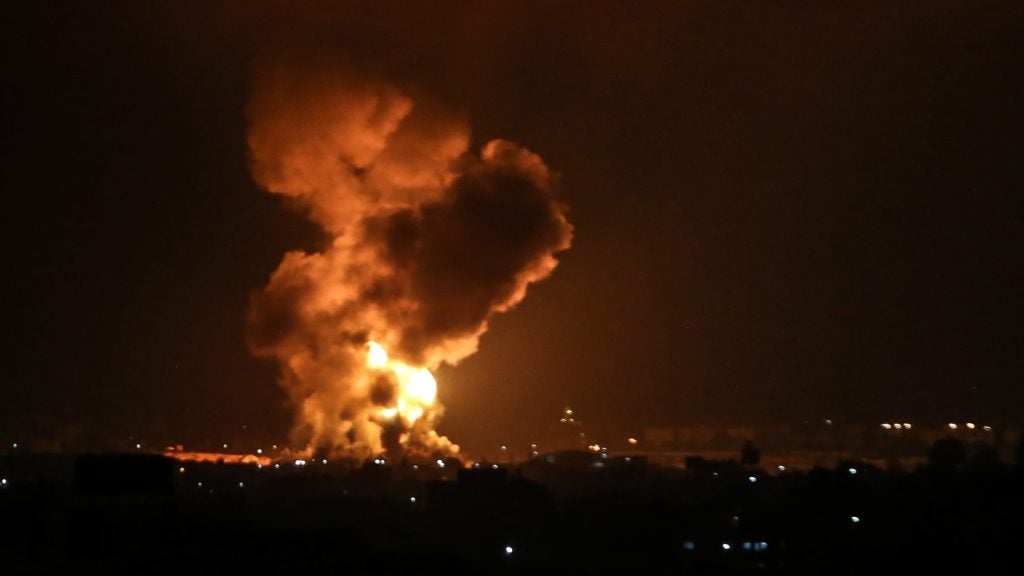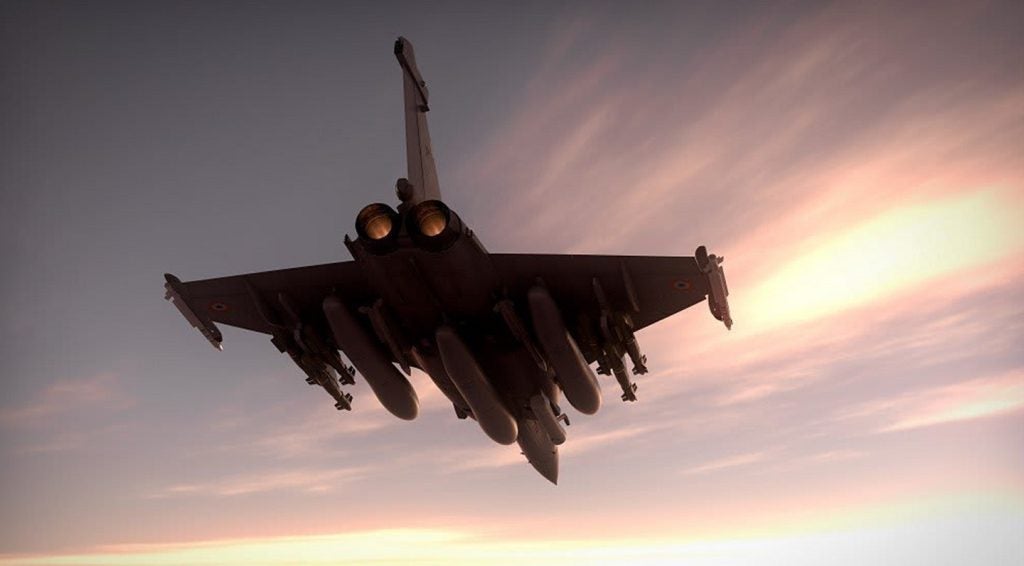
A truism in many sports holds that offence gets headlines, but defence wins championships. Although it is only roughly analogous to sport, war and military technology exhibits the same skew in media coverage, as the evolution of India’s strategic missile capability shows. Judging by recent test results, the second half of the equation may hold as well.
The defence doesn’t rest: programmatic outperformance
Sandwiched between successful 2009 trials of the BrahMos cruise missile on 5 March and the Prithvi II nuclear-capable SRBM in mid-April, the 7 March test of an indigenous ABM missile was equally successful in terms of test objectives (although it received a fraction of the coverage, judging from Google hit statistics). Taken in programmatic context, however, the ABM test is much more impressive in three ways: success rate, development speed and technical challenge.
Success rate
So far India has gone three for three in ABM interceptor flight trials, each of which had a different test profile. In the first trial, a two-stage interceptor missile later named the Pradyumna incapacitated the target, an incoming Prithvi-II missile, at the upper edge of the stratosphere, 48km up. A year later, a single-stage missile developed under the advanced air defence (AAD) programme defeated another Prithvi-II 15km up (the altitude of many transcontinental plane flights). In the most recent test, another Pradyumna sporting improvements such as a gimballed directional warhead achieved an explosive kill of its target at an altitude of 75km, well into the mesosphere.
In contrast, the Prithvi SRBM itself failed three of its first six trials, and the newer Agni-III MRBM failed its first test. Failure rates of 50% in the first few tests of new weapons are neither unusual nor portents of ultimate futility, but this makes the Indian BMD track record even more impressive.
How well do you really know your competitors?
Access the most comprehensive Company Profiles on the market, powered by GlobalData. Save hours of research. Gain competitive edge.

Thank you!
Your download email will arrive shortly
Not ready to buy yet? Download a free sample
We are confident about the unique quality of our Company Profiles. However, we want you to make the most beneficial decision for your business, so we offer a free sample that you can download by submitting the below form
By GlobalDataDevelopment speed
India’s Defence Research and Development Organisation (DRDO) publicly revealed its BMD programme right after the first test in November 2006, less than three years ago.
At that time, Indian programme managers conceded that BMD research had been underway ‘for years’, but given that DRDO had tried diligently to make the Trishul SAM work in ABM mode for years, as well, the Pradyumna programme couldn’t have been DRDO’s primary initiative. In any event, ABM weapon testing could be completed by 2010 given current rates of progress, according to VK Saraswat, head of missile development at DRDO.
In contrast, DRDO has pursued offensive ballistic missile development since 1983, when it initiated the integrated guided missile development programme (IGMDP). Even now, according to one Indian commentator, the Agni-I is the only fully operational nuclear-capable ballistic missile in India’s arsenal. Most of this protracted development cycle has consisted of post-testing production and field integration delays, which should quell undue optimism about the young BMD programme, but even so, both ABM interceptors are ahead of all previous IGMDP timetables.
Technical challenge
Judging technical difficulty of a mission by the number of nations that can execute it, BMD is the most challenging military task, as only the US and Russia have independently fielded fully indigenous BMD systems (the Israeli Arrow is a US-Israel joint venture). The anti-satellite task is actually second (US, Russia, and China), and long-range ballistic missiles currently run third, although this club seems to be in the process of doubling.
If any nation can benefit from BMD, it’s India
Indeed, ballistic missile proliferation in Asia makes India’s BMD programme even more significant in the long term than its offensive nuclear ballistic missile programmes.
First and foremost, the November 2008 Mumbai attack and the current spread of Taliban influence in Pakistan have raised the spectre of Pakistani missiles and/or nuclear warheads falling into the hands of terrorists, against whom traditional deterrence is at best uncertain.
Beyond the Pakistani threat, whether national or subnational, India’s offensive ballistic missile programme lags behind that of its main regional rival, China. Although DRDO has improved its success rate for offensive tests recently, China has just as much momentum and occupies a more advanced position, especially in terms of long-range ICBMs either operational or in the pipeline.
BMD is therefore India’s most likely countervailing asset in the foreseeable future. China’s high-altitude SAMs can engage some ballistic missiles, but only to a 30km ceiling, and evidently China has no R&D effort comparable to India’s BMD programme at this time. In this respect, China’s ASAT capability doesn’t really count, as ballistic missiles are to satellites as fighter aircraft are to armoured personnel carriers. Last but not least, India is significantly better than China at software development and programming, which are critical to BMD system effectiveness.
Finally, India itself lags in deploying submarine-launched ballistic missiles, the most survivable leg of the nuclear triad. Should India’s naval missile programme follow the same timetable as India’s other strategic naval and missile programmes, a BMD capability could add significant survivability to India’s nuclear deterrent.
Can failure breed success?
To be fair, India’s offensive ballistic missiles don’t deserve direct managerial comparison to the BMD programme. As noted previously, the BMD programme hasn’t yet reached the point where Indian R&D usually derails; as Saraswat himself cautioned, deployment rates are ‘not in [DRDO’s] hands’.
More important, early failures pave the way to ultimate success: as Thomas Edison said in response to derision at the thousandth failure of the prototype light bulb: ‘now we know a thousand ways that it won’t work’. Current BMD development benefits from the advances and setbacks of IGMDP, which included the Akash and Prithul SAM projects as well as the Agni and Prithvi. In fact, the Pradyumna ABM was originally called the Prithvi air defence (PAD) missile because it used the generic Prithvi missile design. Conversely, the DRDO strenuously attempted to give the Prithul ABM capability before ultimately admitting failure.
However, other factors may underpin programmatic BMD outperformance. In no particular order:
- The one way in which interceptor missiles are less complex than offensive ballistic missiles is that modern versions of the former don’t carry nuclear warheads.
- The BMD was not developed under the auspices of IGMPD, suggesting that the latter may have been (or would become) too bureaucratic.
- The BMD programme not only post-dated the IGMPD, but also probably started during, and quite possibly because of, the ramping up of Pakistan’s missile capability. In this regard, the 1999 Kargil conflict occurred just a year after Pakistan detonated its first nuclear munition.
Is true danger the mother of efficiency?
There is in fact an exact historical precedent for the correlation of serious perceived threat and speedy weapons development: the first generation of US strategic nuclear missiles.
By 1952, nuclear warheads had become small enough to put on missiles, but the US missile programmes did not really kick into high gear until 1957, when the Sputnik launch, along with faster-than-expected Soviet development of its first ICBM (the SS-6), created fears of a Soviet-US ‘missile gap’. Consequently, the USAF and USN made development of ICBM and SLBM systems their top priority, creating all-star teams of scientists and engineers with essentially unlimited resources.
The effect of concentrating talent, subordinating bureaucratic processes to a tight deadline, enabled by top-level political support and underpinned by strong psychological fear, produced results. A 1958 US catch-up plan called for full operational deployment of nine Atlas squadrons and four Titan squadrons by March 1963. By October 1961, the Strategic Air Command subsequently activated 13 Atlas and six Titan squadrons – 18 months early. The Polaris SLBM project was similarly successful: the first successful test launch was in 1960, just four years from project initiation, and IOC occurred in 1961.
In contrast, the second generation of US strategic nuclear weapons systems came in behind schedule, over budget, and arguably under promised capability – at a time when nuclear weapons had become much more survivable and effective in their deterrent role.
If past is prologue, then India’s long record of military procurement frustration might be ending – at least in the strategic nuclear weapons space. Indeed, the DRDO is on a roll with its recent tests of offensive missiles; even the January 2009 BrahMos test failure was rectified within weeks.
In the end, the best military procurement principle may have come from essayist Samuel Johnson: ‘nothing so wonderfully concentrates the mind as the prospect of hanging in the morning’.







